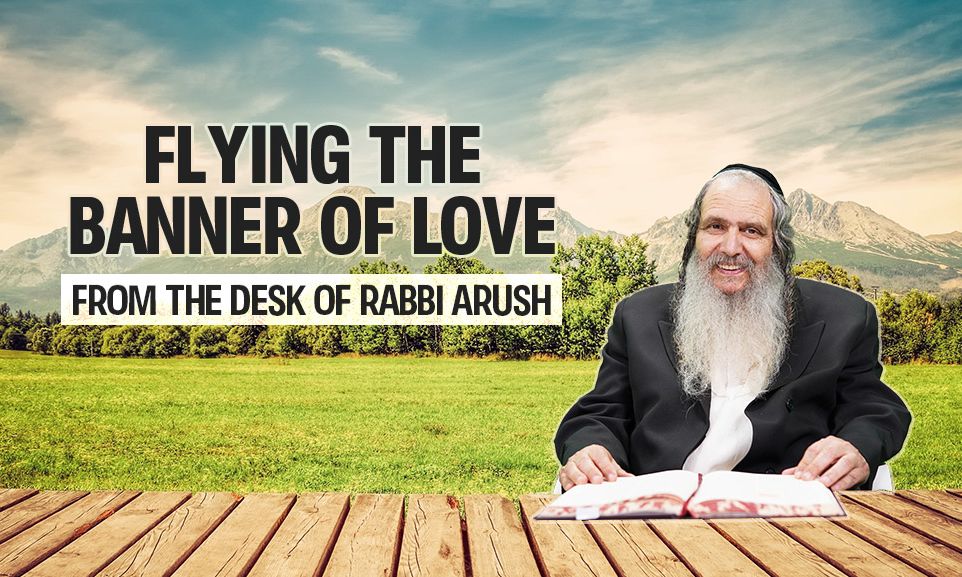
Flying the Banner of Love
What is our main goal on Lag B’Omer? What should we be thinking during the celebrations? What is the day’s message? Rabbi Arush gives us clear guidance...

Remember!
The fire took hold of the torch held by the rabbi, and he was about to light the bonfire in the central hadlaka (kindling) on the roof of the holy tziyun (grave site) in Meron. The roof was at least seven meters above the floor below. Many people crowded together on it, with only a loosely attached railing stopping the crowd from falling off. People stepped back from the bonfire as it was being lit and that created tremendous pressure on the frail railing.
Under the circumstances, the collapse of the railing was unavoidable, and about one hundred people fell to the floor below in the big calamity on Har Meron in 5671 (1911), with more than twenty people losing their lives besides the dozens of wounded.
Exactly one hundred and ten years later, there came the Meron Disaster, which all of us remember well, and in which forty-five holy people lost their lives. [See The Response to the Meron Tragedy.]
Almost fifty years ago, five trucks set off for Meron on the day of the hillula (anniversary of a death), full of innocent Jews from Ashdod, who were suffused with trust in the Sages; at that time, Ashdod was a small town in which everyone knew each other – almost like family. Near Tiberius one of the vehicles went off the road. Apparently, the driver had lost control, and the truck overturned; the blow was terrible: thirteen Jews killed, and about forty wounded.
In the past few years there have been several deadly, horrendous traffic accidents connected with the hillula. I assume that many of my readers remember them. We knew some of the kedoshim personally.
The holy Torah warns us in the Tochecha (the section of the Torah [Parshat Bechukotai] that lists the punishments that will come upon the Jewish people if they don’t observe the mitzvot) not to “behave casually with Me”, in other words, not to say that natural causes are behind these events, nor coincidence, nor statistics or material circumstances.
When one sees a host of such terrible calamities, all of which happen on that same holy day, it is impossible not to wake up and pay attention to the noticeable phenomenon demanding our attention and ask ourselves what this is all about; what does it mean, and what does Hashem want from us.
How could it be that on this great day, the day of joy for the person called “The Light of the World”, who could save the entire world from the din (harsh judgment) – we find ourselves battered by such hard and painful dinim? There must be an important message for us, and we should try to understand as best as we can what this message is, and what we are supposed to rectify.
In order to understand this, one must understand the deep and true meaning of the hilula of Adoneinu, Rabbi Shimon bar Yochai.
Rabbi Shimon: Love of One’s Peers
Rabbi Akiva was the greatest Tanna (Sage of the period of the Mishna). We don’t grade people, but Rabbeinu Gershom, Me’or Hagola, said about him that never was there such a great Torah scholar like him! This tzaddik began to learn Torah at an advanced age, and it didn’t prevent him from having tens of thousands of disciples. He filled the world with Torah in the generation after the destruction of the Second Temple, brought about a rebirth of the Torah world, which had received a deathly blow at the time of the Churban (destruction), and provided much consolation to the Jewish people.
But then a further disaster struck, and all of his 24,000 disciples died!
Rabbi Akiva buried his disciples, who were like sons to him, in thousands of funerals, and with them buried almost all his life’s work. To this day we mourn the death of those disciples during Sefirat HaOmer every year.
Our Sages’ conclusion from this disaster is shocking: It all happened because they did not honor one another!
Rabbi Akiva’s disciples failed to learn from their teacher the great thing that he taught: “Love your fellow like yourself – that is a great principle in the Torah.” A Torah that does not bring about loving other Jews and proper interpersonal relationships is doomed to be wiped out in a horrible, unbelievable disaster. And this must be known to all generations as a crucial message.
Rabbi Akiva did not give up; he started again and taught five new disciples who became the Mishna’s central pillars, thus saving their teacher’s infinite teachings.
The story of these disciples is completely different. They corrected the faults of the disciples who died, and the height of the tikkun was Rabbi Shimon and his holy peers.
Rabbi Shimon, known for the Torah secrets that he revealed, reveals to us the secret of all the secrets and where it all beings; “Anan bechavivuta talya” – all the Torah that is being revealed here and the fire that comes down from Heaven and surrounds this group – it all depends on the love between peers, on the tremendous respect they have for each other.
And therefore, the hillula of Rabbi Shimon bar Yochai is in the middle of the days of the Sefira, which are days of mourning for Rabbi Akiva’s disciples, and this holy hillula marks the end of the mourning customs each year. Why? Because Rabbi Shimon’s hillula expresses and symbolizes the complete tikkun (rectification) of the lack of love between peers, because, as mentioned, Rabbi Shimon was the one who rectified this terrible fault that had caused so many terrible disasters.
The Tikkun is Also a Demand
As we are accustomed to mentioning, the annual cycle of festivals in the Jewish calendar are not times of remembrance; rather, they are times when the same influence reappears in the here-and-now.
So now, too, every year, during the Sefira, the fault of not respecting one’s peers and not perfecting interpersonal relationships in general reawakens a great accusation. And therefore, the days of Sefirat Ha’Omer are days of din and disasters, and one must be extra careful when engaging in something dangerous, just like during the days of mourning on the Churban of the Temple. On the other hand, every year, on Lag B’Omer, Rabbi Shimon’s merit shows up to correct and to annul the accusations and to reawaken all Jews to the idea of loving other Jews, loving their fellows.
According to this one can understand the special atmosphere in the hillula, when one sees Jews of all types and styles exhibiting love and brotherhood as they dance together like one person; one also sees the chessed and the wonderful generosity of people on the mountain on the holy day.
Perhaps this is exactly the reason that Rabbi Shimon can save the entire world from the din. Because all the dinim in the world come of baseless hatred and divisiveness, and from the fact that these terrible faults are still around. Rabbi Shimon’s power to awaken the Jewish people to love and unity – that is the root of his ability to sweeten all the dinim.
But along with the tikkun and the positive influence, there is also a great demand from us to go in the way of Rabbi Shimon, the way of loving one’s fellow Jews, and the great disasters come to awaken us to rectify the matter of ahavat Yisrael, like that catastrophe of the death of twenty-four thousand great talmidei chachamim, which brought spiritual darkness to the world.
Loving Other Jews – No Matter What
And so, we move on to the practical conclusion:
What is our main goal on Lag B’Omer? What should we be thinking as we travel there and during the celebrations? What is the day’s message?
According to what we said here, it is clear that our main aim on this holy day is to increase our love for Jews, an unconditional love. We should see before our eyes the holy words of he whom the hilula is for: “It all depends on love.” Especially when one goes up to Har Meron, where one needs much patience in the buses and on the roads, in the tziyun and when dancing: to give in, to help, to be considerate, to act mercifully, and mainly not to shout at another Jew, and chalila, chalila not to push or engage in any fight or cause any distress.
And just like during the pilgrimage to Beit Hamikdash people received joy and Ruach Hakodesh (holy spirit) for the entire year, so too when we go up to Meron and during the hillula festivities, each and every one of us, wherever he is, is storing up love of his or her peers, ahavat Yisrael, unconditional love, chessed and a connection with all Jews – for the entire year!
And even if the situation will, chalila, not allow the hillula to take place [Editor: in Meron] as usual this year, one must know that the heart and the main point of the hillula cannot be taken away from the Jewish People; and the main point and the heart of the hillula is to fill ourselves with the immense spirit of Rabbi Shimon, who raised the banner of ahavat Yisrael as a condition upon which everything depends, and to increase our endless love to every Jew!


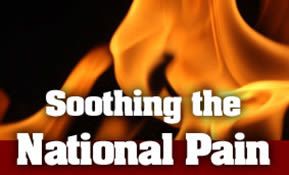

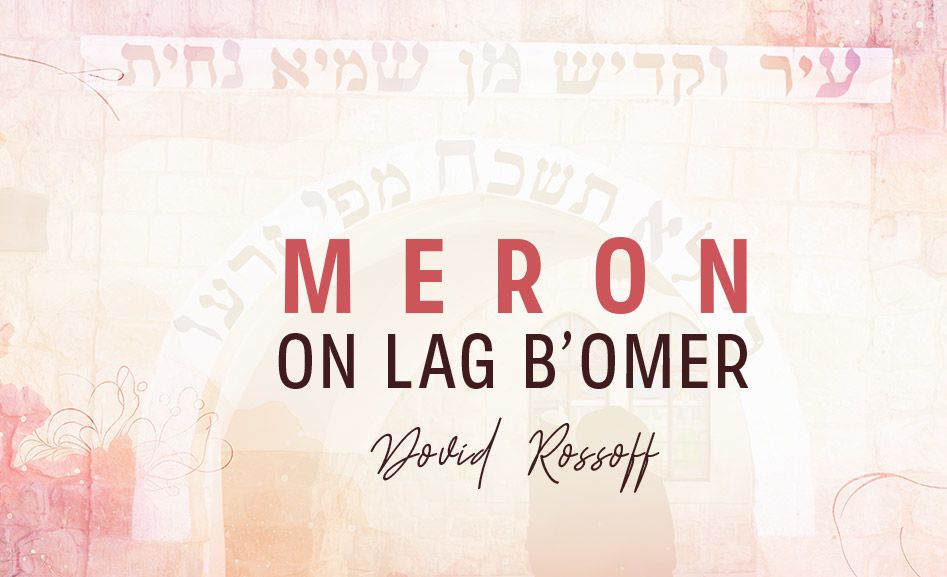
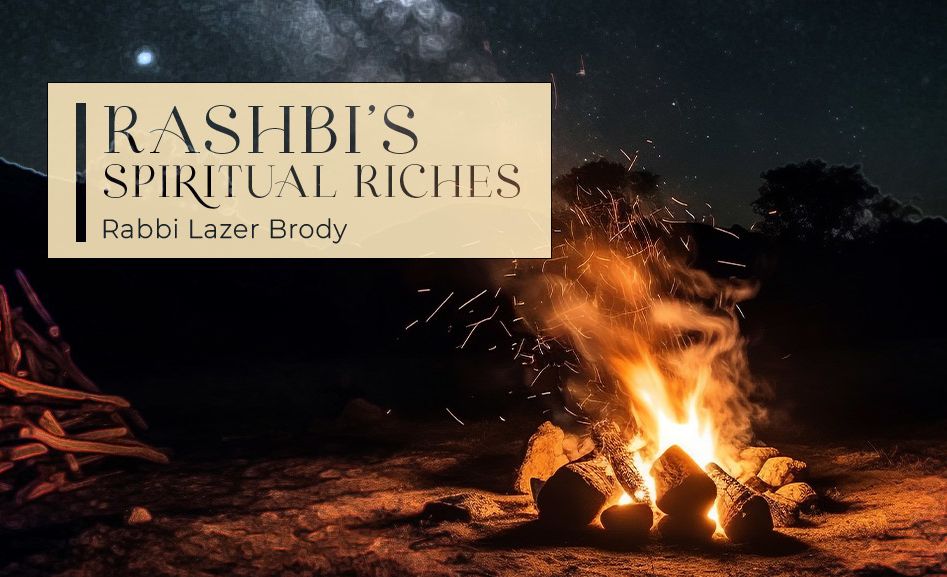
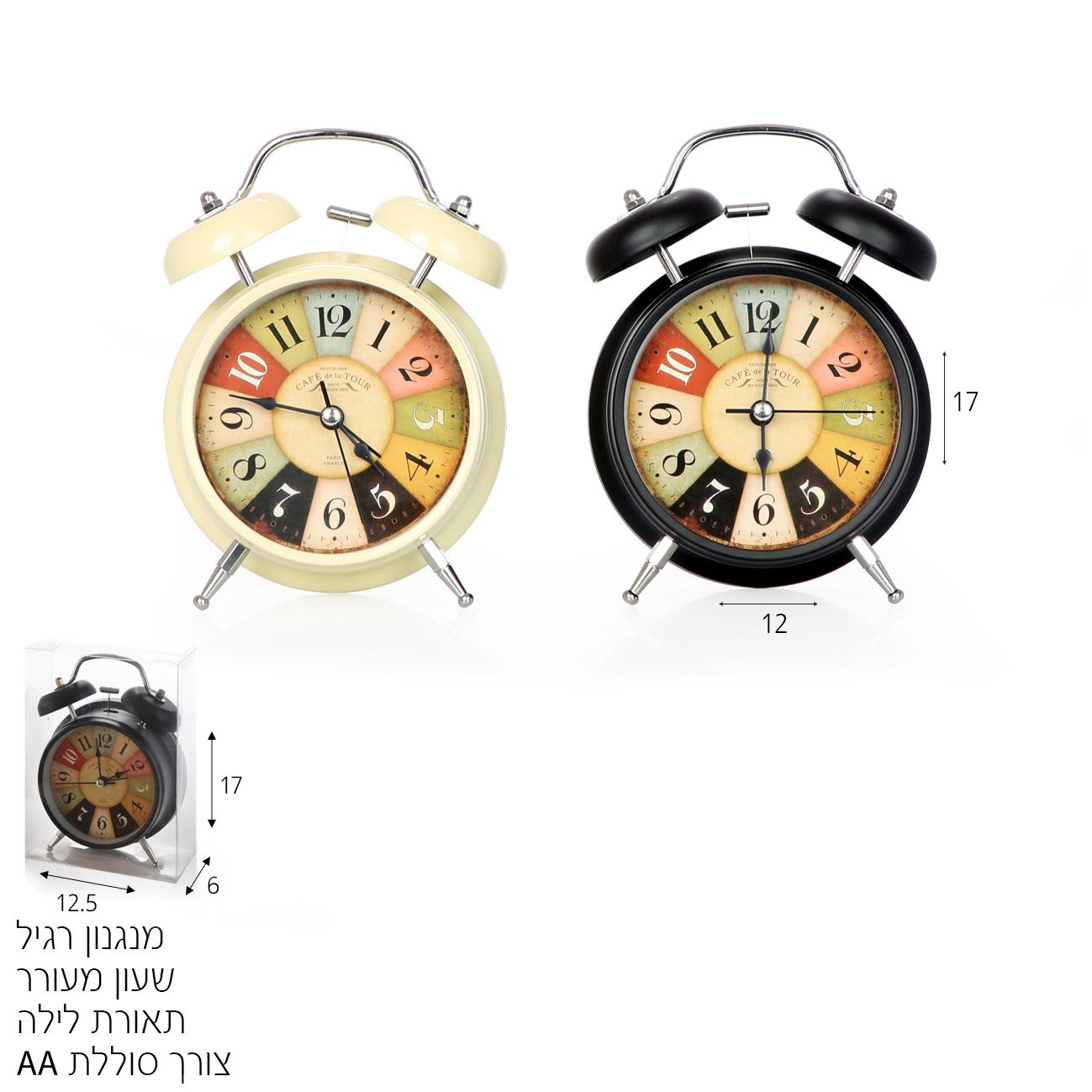
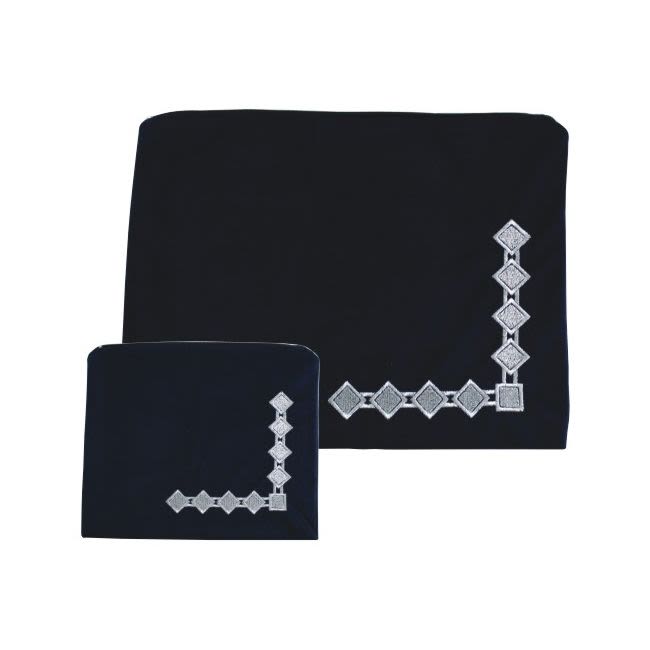
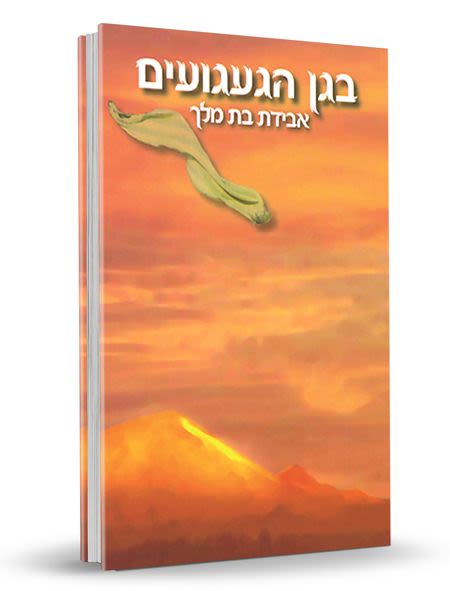
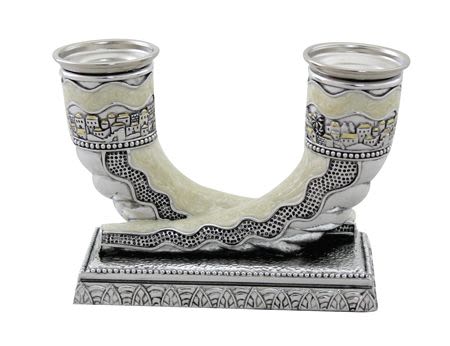
Tell us what you think!
Thank you for your comment!
It will be published after approval by the Editor.